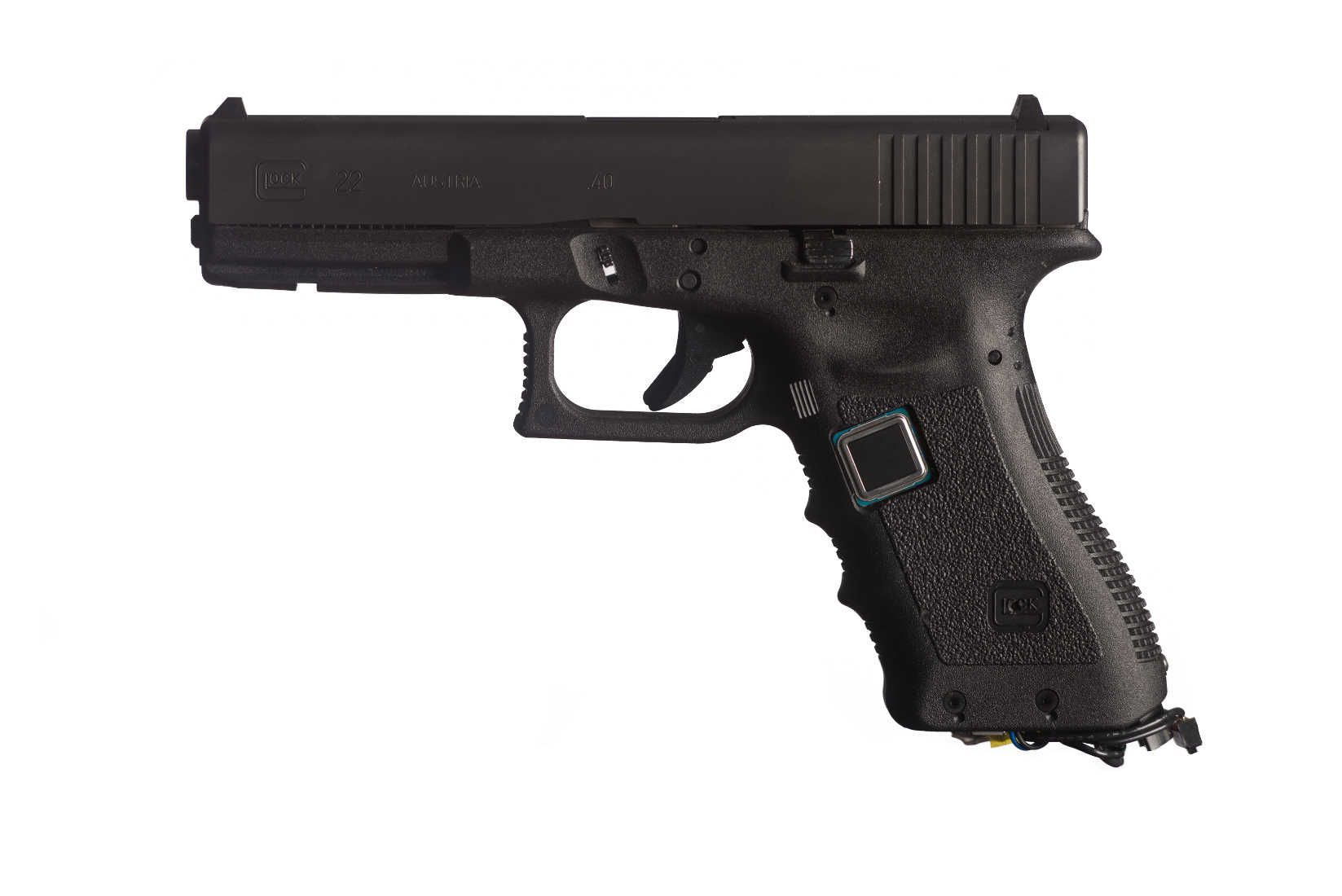By: Peter Suciu
So-called personalized “smart guns” – firearms that can only be operated by verified users – could be coming to the United States this year. The concept, which has long been touted by supporters of gun control, is that only certain authorized or verified individuals could actually use the gun.
USA Today cited data from the Giffords Law Center, which indicated that there are two main ways smart guns can verify users. The first, the newspaper reported, is radio frequency identification (RFID) tokens, such as bracelets, watches, rings, and other wearable devices, that verify gun users based on proximity to the token. The other method involves a biometric recognition technology that activates a gun after identifying biological features like a fingerprint, palm print, or grip.
Supporters of the technology have said the introduction of smart guns would reduce suicides, render lost or stolen guns useless, and notably help protect children.
Opponents of such a system warn that in the former system, a bracelet, etc. may not be present when it the gun is needed most – such as during a home invasion. The second method has its own problems – namely that a firearm may be not useable with a shooter’s “off hand,” while even gloves could present an issue.
The latter situation was actually considered during the making of the James Bond film Skyfall, after actor Daniel Craig bought a stylish pair of gloves and wore them onscreen. Then when reviewing the footage after filming was completed, it was realized that if a villain couldn’t use Bond’s gun because of the identifying feature, neither could 007 as he was wearing leather gloves. While that was sorted out in the world of make-believe through movie magic that digitally painted “hands” over Bond’s gloves, it serves as a reminder that this is still a serious issue in the real world.
Moreover, anyone who has been locked out of a smartphone also likely knows that fingerprint readers are far from accurate in the best of times, and critics suggest that using one when your life was on the line could be far more stressful.
Smart Play
Despite the pushback from opponents of such technology, two companies plan to introduce smart gun technology this year, Reuters reported.
The first is from LodeStar, a Boise, Idaho-based startup. Its 9mm handgun is aimed at first-time buyers, and utilizes an integrated fingerprint reader and a near-field communication chip that is activated by a phone app, plus a PIN pad. The company has touted that it can be authorized for more than one user – and the fingerprint reader can reportedly unlock the firearm in microseconds. As a backup, such as in wet or other adverse conditions, the PIN pad can be used to unlock the firearm.
The new LodeStar handgun is set to retail for $895.
Reuters reported that it would hit the market this year. Gareth Glaser, the company’s co-founder has said that while challenges remain as the company ramps up its large-scaled manufacturing efforts, he said the firearm was ready to be released after years of R&D efforts.
“We finally feel like we’re at the point where… let’s go public,” said Glaser. “We’re there.”
The other company to announce a smart gun offering is Kansas-based SmartGunz LLC. According to Reuters, law enforcement is now “beta testing” the SmartGunz model, which is secured by RFID, and a model for law enforcement is reported to be available for $1,795 while a civilian model is priced at $2,195.
The National Shooting Sports Foundation (NSSF), the firearms industry trade association, has publicly stated that it has no opposition to the development or sale of smart guns, provided the government doesn’t mandate the sale of such firearms.
“If I had a nickel for every time in my career I heard somebody say they’re about to bring us a so-called smart gun on the market, I’d probably be retired now,” said Lawrence Keane, senior vice president of the NSSF.
Even as the NSSF has been open to smart guns, the National Rifle Association, and other pro-Second Amendment groups had previously called for a boycott of Smith & Wesson after the leading U.S. maker faced push back when it announced it would bring such a product to market in the late 1990s. The company was forced to abandon its smart gun plans after it faced plummeting sales and withering stock prices. Most large manufacturers took that as a sign not to develop the technology.
Peter Suciu is a Michigan-based writer who has contributed to more than four dozen magazines, newspapers and websites. He regularly writes about military small arms, and is the author of several books on military headgear including A Gallery of Military Headdress, which is available on Amazon.com.

